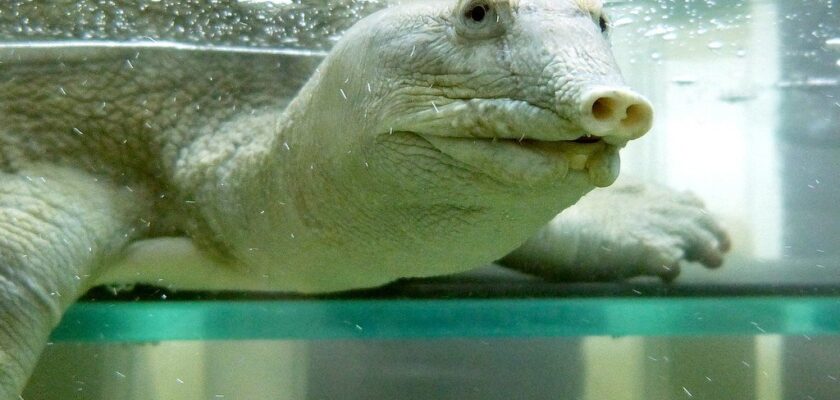Timiryazev Biological Museum World,Russia,Cities,Moscow,Sightseeing . K. A. Timiryazev Biological Museum
The Timiryazev Biological Museum is a popular natural science museum, which not only Muscovites, but also guests of the Russian capital like to visit. It occupies a beautiful, fairy-tale-like mansion and is among the most visited museums in Moscow for parents with children.
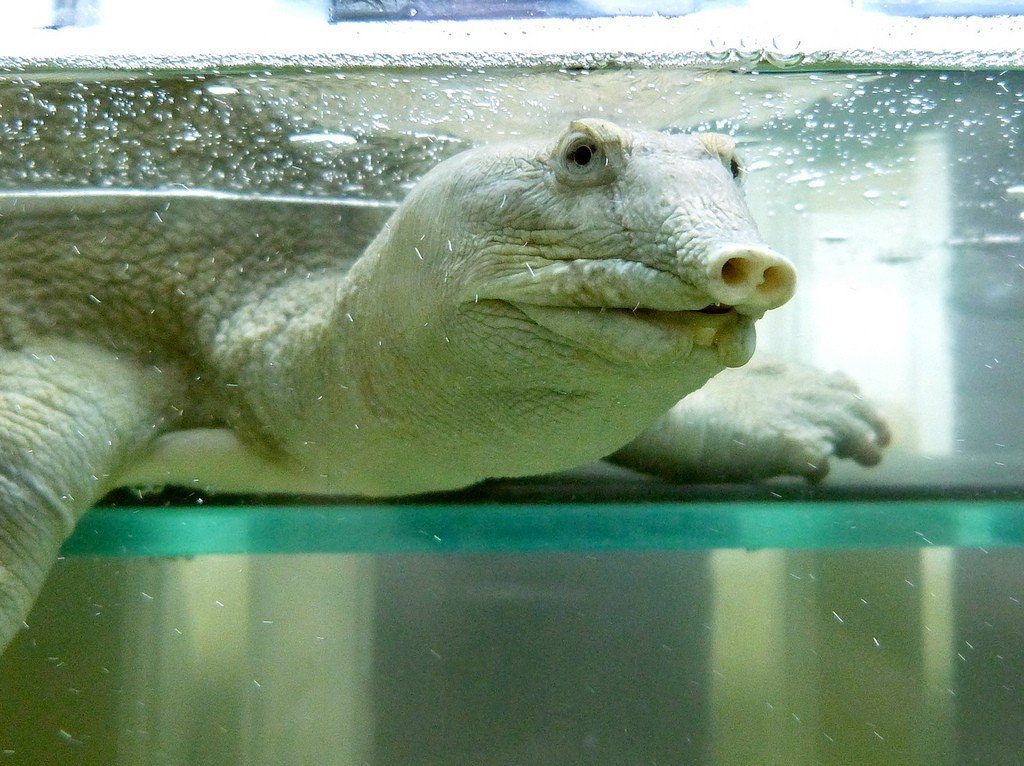
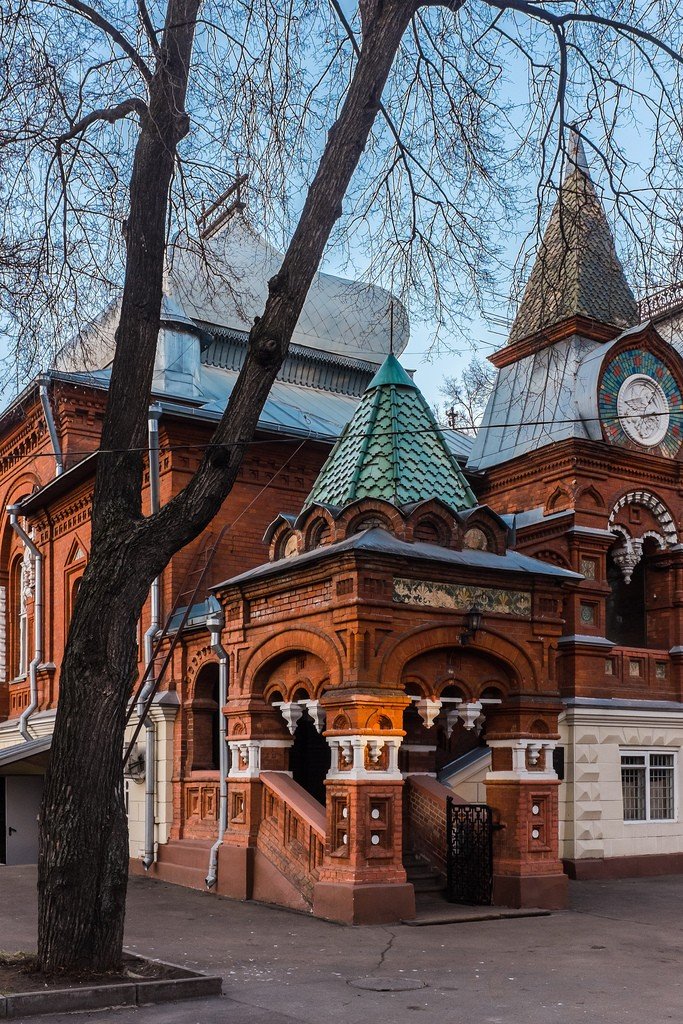
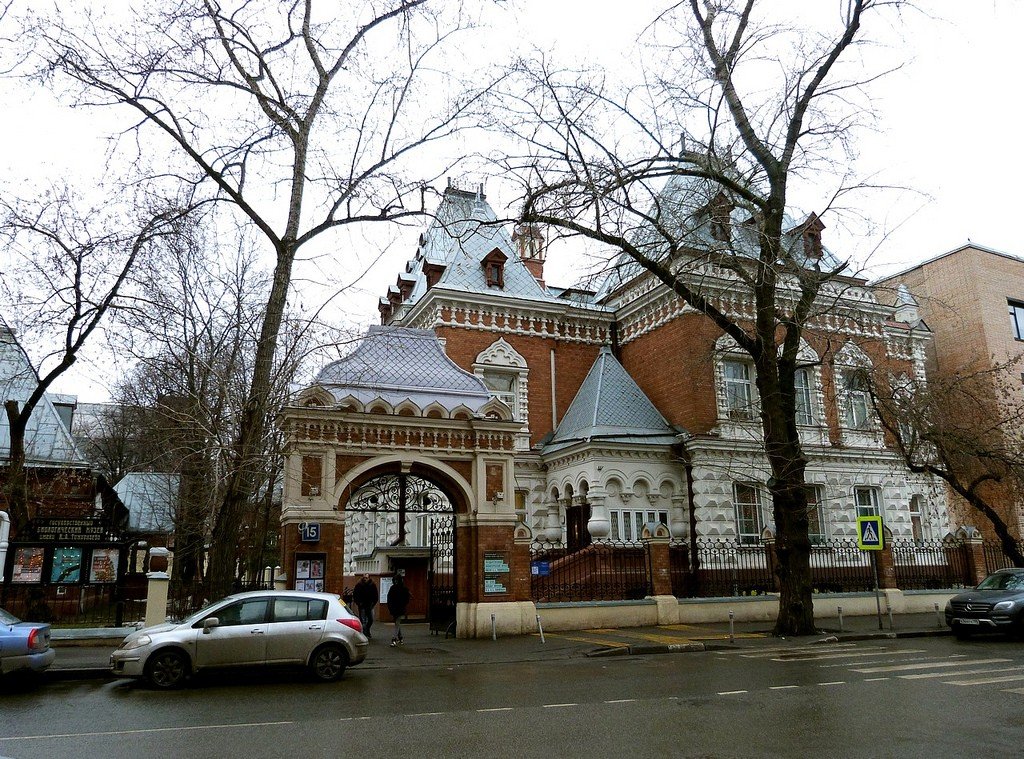
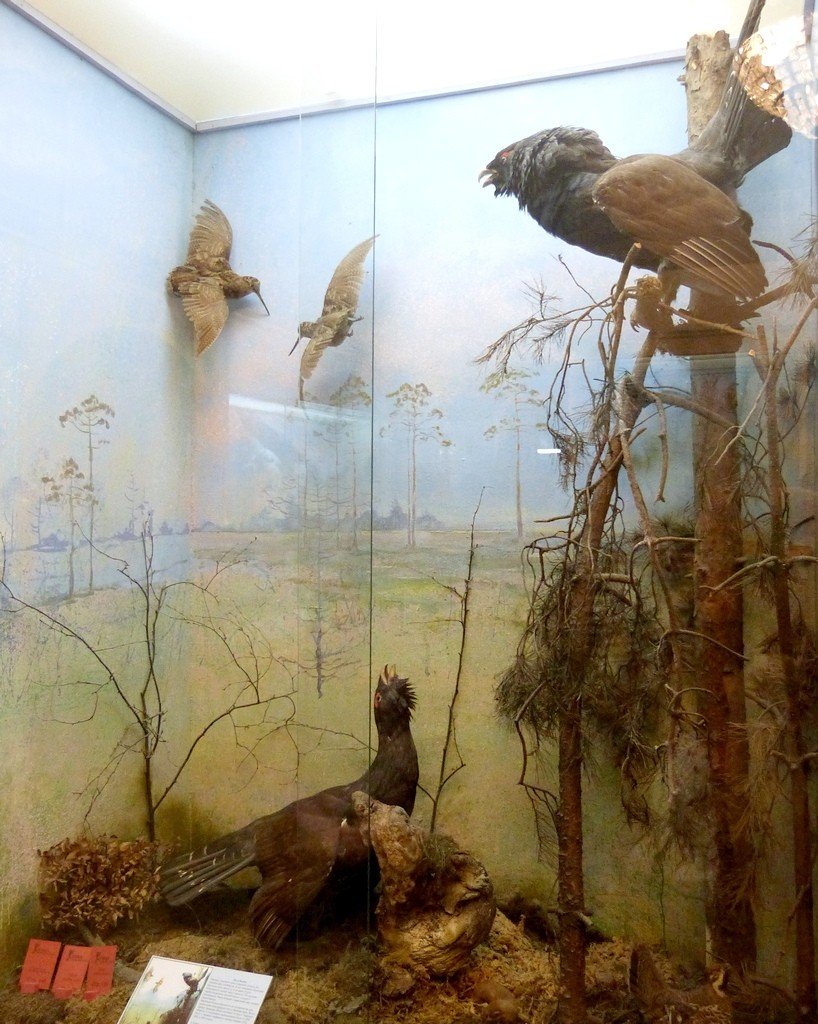
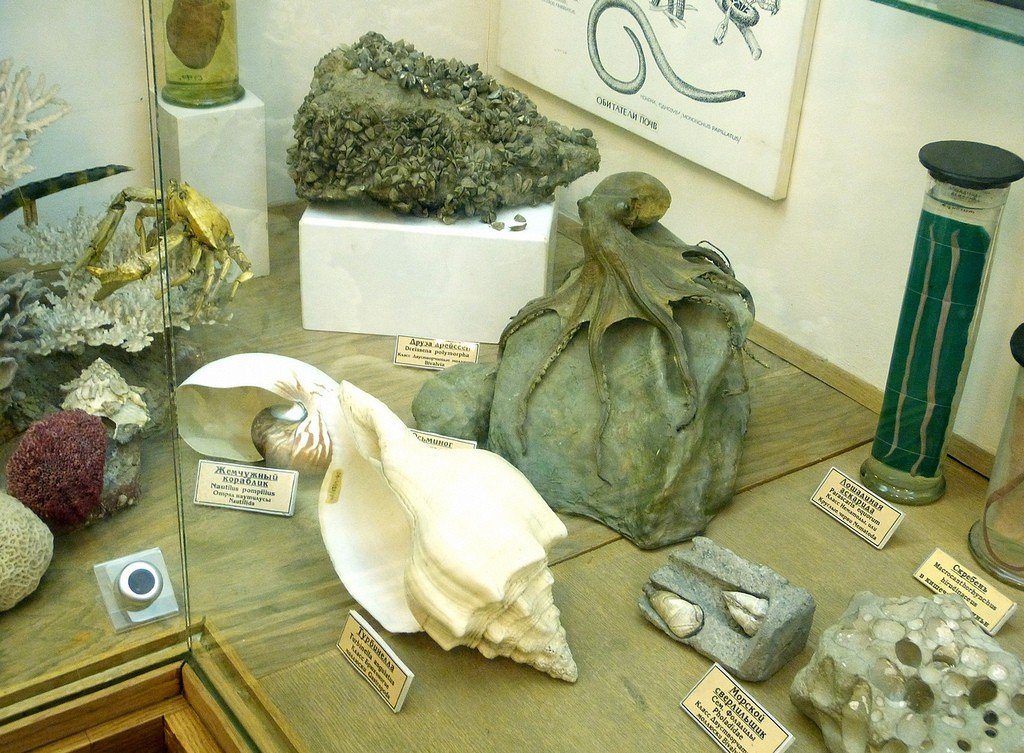
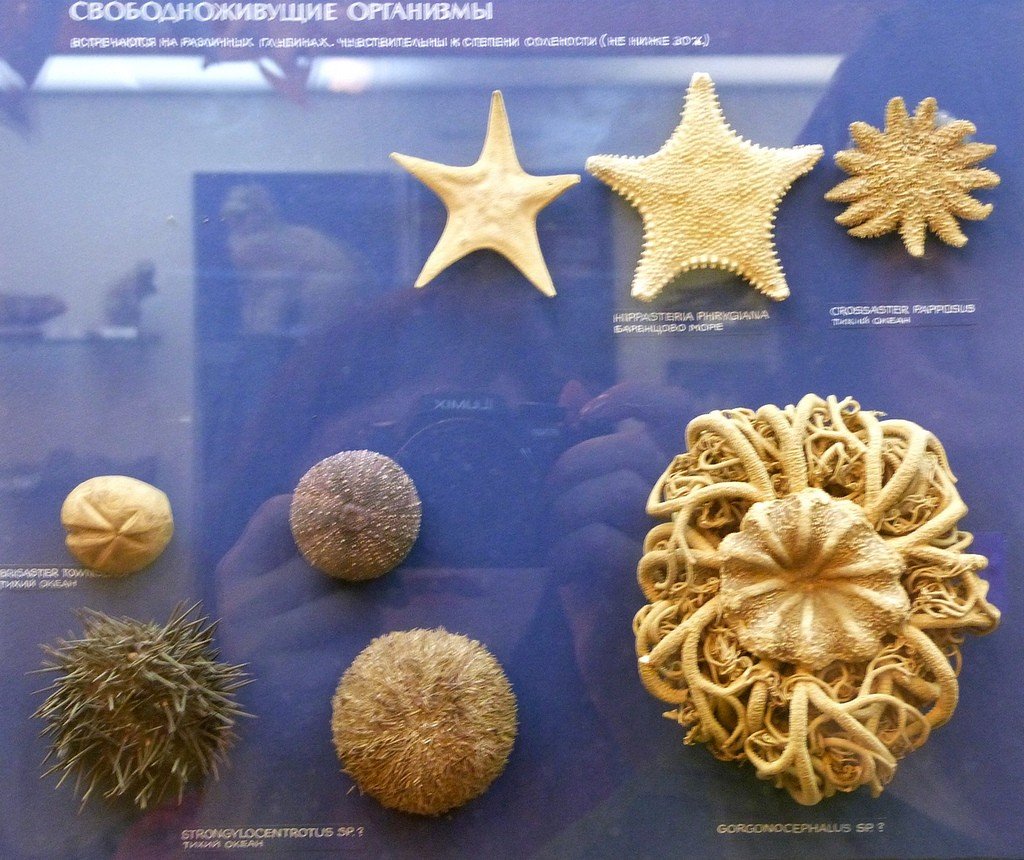
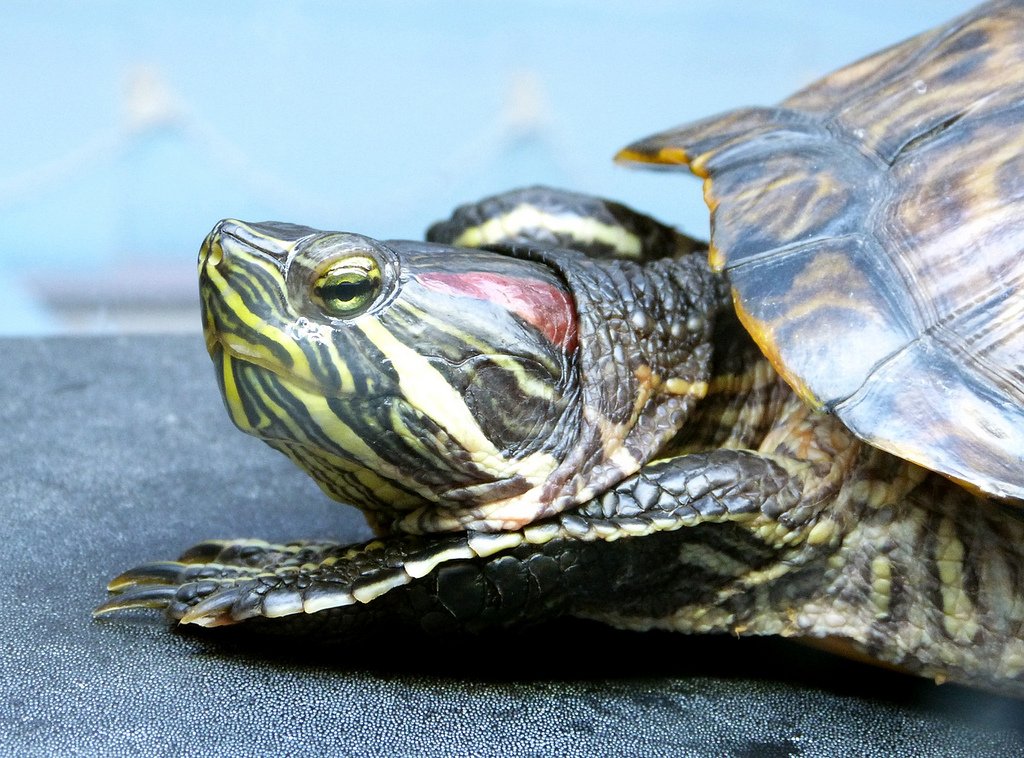
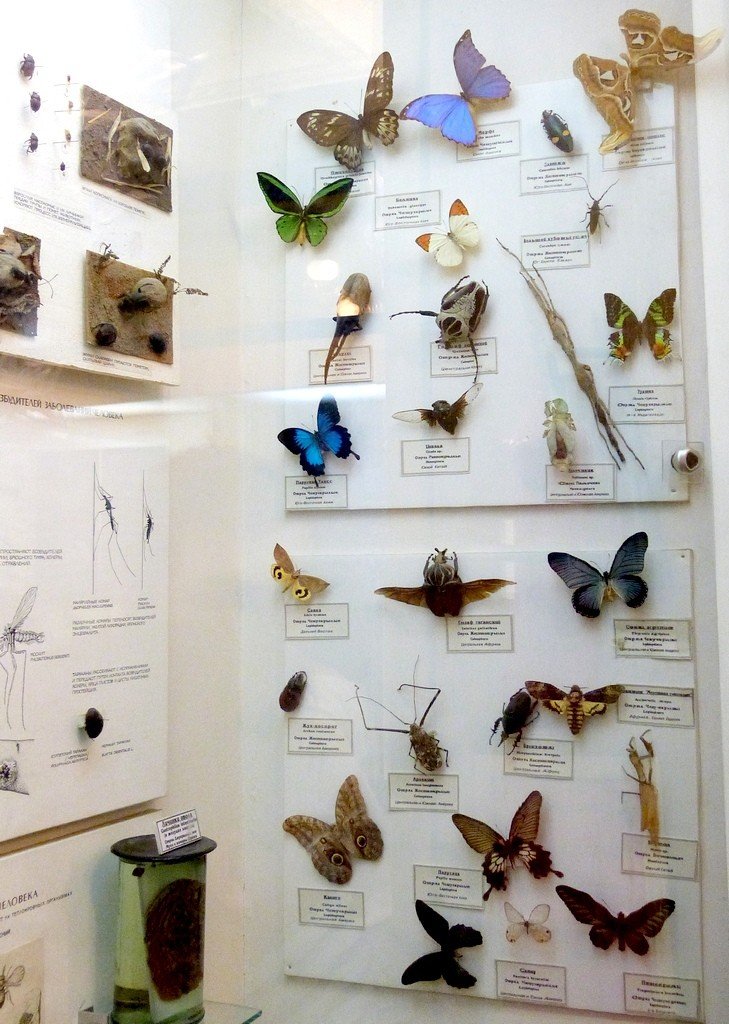
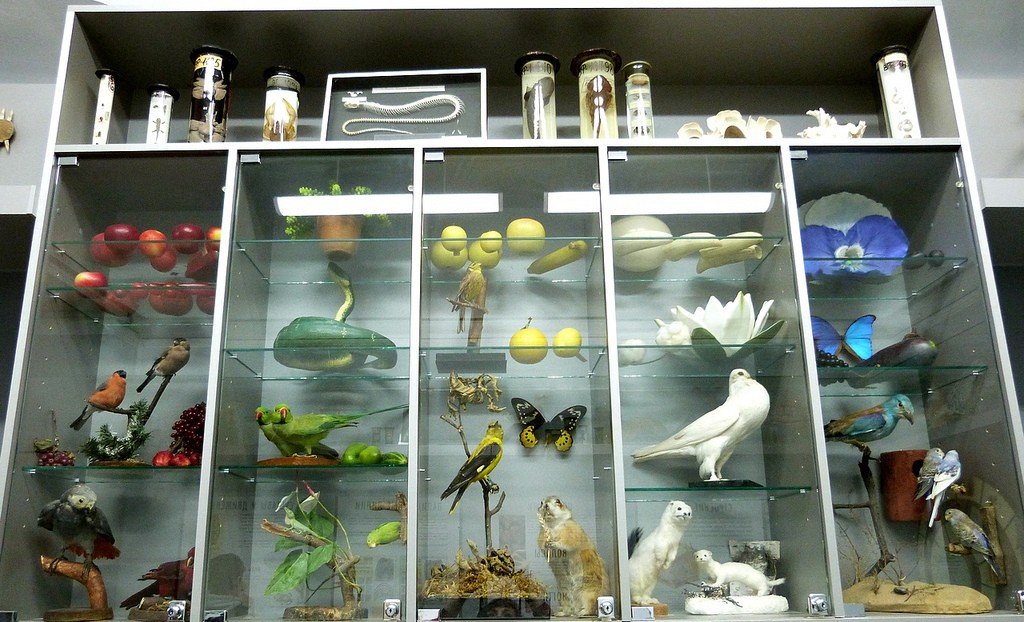
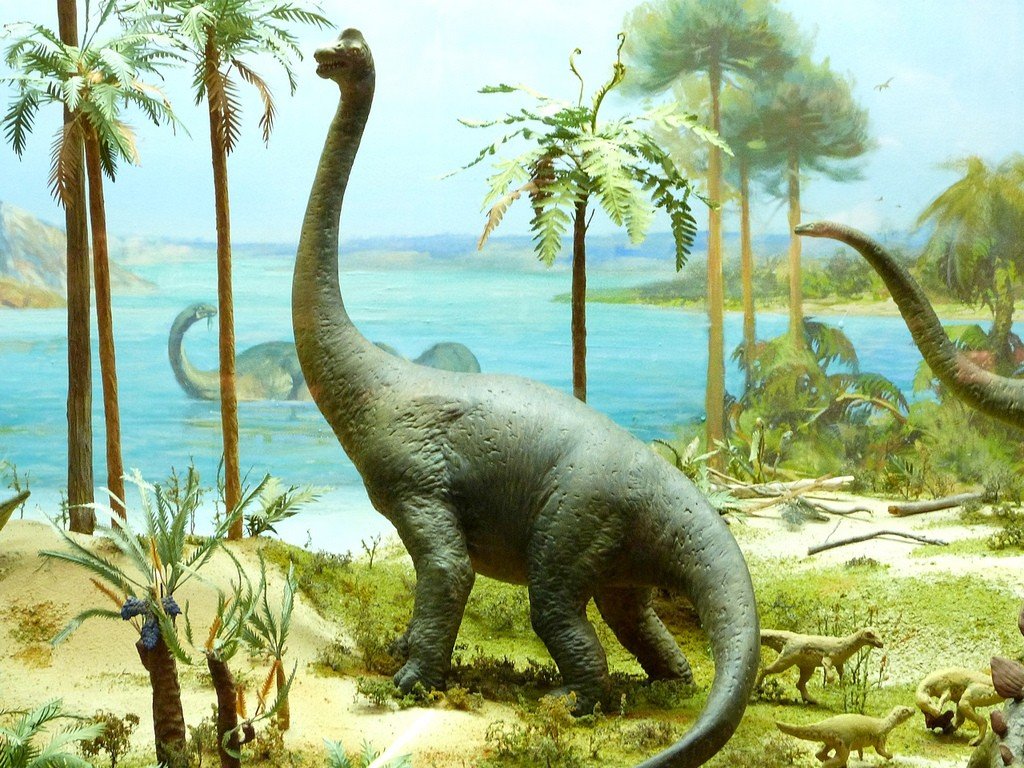
- Highlights
- History of the Timiryazev Biological Museum
- What you can see in the museum today
- Visitors
- How to get there
Highlights
The Timiryazev Biological Museum was founded in 1922, and the approaches by which its collections were formed were very different from what was done in other museums. The point is that at that time it was customary to simply collect and store valuable exhibits. The staff of the new museum institution took a different path. They tried to show biological knowledge visually, conducted excursions at a high scientific level and created a museum-lecture hall and experimental station.
.Now more than 85 thousand exhibits are stored here. Museum collections familiarize visitors with the plant, animal world and features of evolution. In the halls are exhibited stuffed animals, photographs, sculptures and paintings. In the museum you can see the most complete in Russia collections of moulages of crops and mushrooms.
Despite the strict scientific approach, the expositions of the Timiryazev Biological Museum are very interesting and evoke a lively response from visitors. Everyone likes the spectacular dioramas that show the natural communities of floodplain meadows, grouse currents and bird bazaar. Some come here to see the remains of the completely extinct Steller’s cow.
.
The Timiryazev Biological Museum hosts many temporary exhibitions, and for children and adults they organize master classes, thematic excursions and practically classes with microscopes. Families with children are offered by the museum staff to participate in educational quest games: “Riddles of the Forest”, “Riddles of the Sea”, “Family Labyrinth” and “Fairy Tale Chemistry.”
.History of the Timiryazev Biological Museum
The initiative to create the Timiryazev Biological Museum belonged to Soviet biologist Boris Mikhailovich Zavadovsky. In 1920 he was invited to work in Moscow, and the professor was closely involved in the organization of the new museum. The anatomical and zoological preparations collected by Associate Professor A. L. Brodsky formed the basis of the museum collection. Two rooms in the building on Miusskaya Square were allocated for them. The official opening of the museum took place at the solemn meeting of students and teachers on May 7, 1922. Then it was named after Kliment Arkadyevich Timiryazev (a natural scientist, a specialist in plant physiology, a major researcher of photosynthesis, one of the first Russian propagandists of Darwin’s ideas about evolution), whom B. M. Zavadovsky considered to be the first Russian scientist, a scientist who had been a part of the Russian Academy of Sciences. M. Zavadovsky considered one of his teachers at Shanyavsky’s university.
B. M. Zavadovsky. M. Zavadovsky had his own views on the organization of museum work, he advocated a “living museum”, and soon the green square in front of the building became part of the collection. Those who came here could see medicinal and melliferous herbs and learn how to graft plants and artificial pollination. Green plantings showing the rules of organizing eight-field and seven-field crop rotations were placed on the square, and many Junnats always worked here.
.
In 1934, the Timiryazev Biological Museum moved to a new location. Intricate white and red buildings in pseudo-Russian style stood on Malaya Gruzinskaya Street since the end of the XIX century. They were built by the talented architect Boris V. Freidenberg for the collections of Pyotr Ivanovich Shchukin.
.
The famous collector was passionate about collecting antiquities, and he was known not only in Moscow, but also in the far corners of Russia. The Museum of Russian Antiquities exhibited antique prints, as well as Russian, Japanese and Persian art.
The Shchukinsky Museum had a huge number of exhibits – about 300 thousand items! In 1905, at the request of the owner, all of them were transferred to the Historical Museum in Moscow. Curiously, until his death in 1912, the collector bought new exhibits, fully paid for the maintenance of the museum and personally conducted tours of it. Currently, part of the collections of the Museum of Antiquities is exhibited in the Museum of Oriental Art.
When the Timiryazev Biological Museum settled down in its new location, the experimental work from the square on Miusskaya Square was moved to Gorky Park. Visitors could see curious demonstrations under a microscope, experiments on endocrinology, and dogs operated on using the methods of Academician I. P. Pavlov.
>
Later, biological demonstrations began to be held in other parts of Moscow – in Sokolniki Park and Krasnaya Presnya Park. They were shown from May to September, and during the cold season the museum organized traveling exhibitions in houses of culture and workers’ clubs.
.
What can be seen in the museum today
The collections at the Timiryazev Biological Museum are considered the largest in Russia. They tell about the world of plants and animals, evolutionary theory, the biosphere, genetics, as well as the origin and evolution of man. Coming to the museum, you can not only get acquainted with interesting exhibits, but also learn how to conduct the simplest biological experiments.
Visitors linger for a long time at the exhibition “Look Out”, which allows you to see the world through the eyes of different animals and compare the resulting image with the human gaze. This exhibit is open on weekends. In the “Discovery Room”, created in 1997, museum guests can measure their own height and weight, taste different exotic fruits and learn to identify popular culinary spices by smell.
For those who like to discover new things, there are exciting “Zoo in a Drop of Water” classes. This is hands-on work with a microscope, during which visitors examine and learn the names of the smallest single-celled organisms.
.
At the Timiryazev Biological Museum there are many circles and associations for children and adults. There is a circle of young paleontologists, the society “Florists of Moscow”, a club of cactus lovers and a society of orchid lovers.
.
Visitors
The Timiryazev Biological Museum welcomes visitors on all days except Monday. Its doors are open on Tuesday, Wednesday, Friday and Saturday from 10.00 to 18.00, on Thursdays from 12.00 to 21.00, and on Sundays from 11.00 to 18.00.
.
You should keep in mind that the box office stops working an hour early. And every third Sunday of the month, the museum is free to visit.
.
How to get there
The Timiryazev Biological Museum is located in the city center, at 15 Malaya Gruzinskaya Street, not far from the Moscow Zoo. It can be reached in 12-15 minutes on foot from the Moscow metro stations Ulitsa 1905 Gogoda, Barrikadnaya and Krasnopresnenskaya. First you need to walk along Krasnaya Presnya Street and then turn to Malaya Gruzinskaya Street.
.If you wish, you can get to the museum building by bus № 116 (stop “State Biological Museum”). Trolleybus No. 79 stops 300 meters from the museum, at the intersection of Malaya Gruzinskaya Street and Krasnaya Presnya Street.
.
